How to keep your muscles loose, flexible and healthy

To keep your body limber and your muscles in good shape, you need to stay active and do exercises that are focused on flexibility.
Cleveland Clinic is a non-profit academic medical center. Advertising on our site helps support our mission. We do not endorse non-Cleveland Clinic products or services. Policy
Limiting your physical activity or sitting for long periods of time can cause your muscles to become limited in their flexibility and range. And as you age, your muscles gradually become shorter and begin to lose some elasticity. Aging can also decrease the range of motion in your hips, shoulders and spine.
The good news is that it’s never too late to find ways to be more flexible. If you work flexibility exercises into your normal routine, it can greatly improve your physical well-being — not to mention helping to offset the effects of aging on your body.
According to Christopher Travers, MS, here are five of the best ways to become more flexible with daily or frequent practices.
Yoga reduces stress and allows you to focus by using breath control, simple meditation and bodily postures. Not only does it enhance your balance and flexibility, but yoga also leaves you feeling stronger and more mentally focused.
Yoga can be both a low impact and highly effective activity. Taking a basics or beginner yoga class once or twice per week will help stretch your muscles as they become more tense with your regular lifestyle.
When you’re practicing yoga, you can do whole body movements focused on stretching multiple areas of your body all at once, or you focus on yoga poses that target specific areas like your hips, back or shoulders.
Accessing yoga is also very easy. You don’t have to go to a yoga studio to develop your practice. Just search the variety of online classes that allow you to take classes from the comfort of your home and you’ll be on your way to feeling much better physically (and mentally, too).
Whether you’re lifting weights or going for a run, dynamic stretching is a more beneficial warm-up exercise than static stretching.
While a static stretch, such as touching your toes may help you feel loose, dynamic stretching better prepares your body for the different types of movement you will use in your upcoming workout.
An example of a dynamic stretch for someone planning to run is a knee-to-chest exercise:
This stretch mimics a running stride and warms up the muscles you will use during your run.
To make some dynamic warm-ups a little easier, you can hold on to something sturdy and stable like a railing or chair.
Originally created for self defense, tai chi involves a series of body movements you perform in a slow, focused manner while breathing slowly and deeply.
This ancient Chinese exercise is a low-impact activity that puts minimal stress on your muscles and joints — so it’s safe for all ages and fitness levels. Tai chi will help improve your leg strength, flexibility, range of motion and reflexes.
Just like yoga, if you can’t find a class near you, there are a variety of tai chi videos online that will help you begin to learn the basics.
Another exercise option you can use at home is adding lightweight stretch bands (also called resistance bands) to your workouts or stretching routine.
Stretch bands can increase your mobility and stimulate some of your dormant muscles. When you’re activating the muscles in your body, these resistance bands help engage your major muscle groups to create tension. The more you stretch the band, the greater the resistance is placed on your muscles.
There are many ways to work with stretch bands. In each exercise, you’ll feel stretching occurring in different parts of your body. There are many online videos you can search to help you choose which muscles you want to work on.
To get the best results with stretch bands, maintain correct posture, move slowly and keep constant, slow tension on the stretch band. Make sure you balance each resistance exercise on both sides of your body.
Using a foam roller helps you improve flexibility, function and performance while preventing injuries. Using a foam roller also helps remove lactic acid from the muscles so your muscles recover from a workout more quickly.
Using a foam roller on your muscles is a self-myofascial release (SMR) technique — a type of self-massage technique where you knead or “roll out” your muscles using your own body weight on an object to relieve tension.
This technique can help relieve muscle tightness, soreness, and inflammation, and increase your joint range of motion. Targeted muscle groups can include your hamstrings, quadriceps, hips, calf, back or gluteal muscles.
A foam roller looks just the way it sounds — it’s a large roll of dense foam. You place the roller beneath the targeted area, then move using your own body weight to gently massage the muscle and break up restrictions to normal soft-tissue extensibility. This makes the muscles more flexible.
You’ll immediately see a difference in how flexible your muscles are after using foam rollers. And, like many other flexibility exercises, they’re great because you can do the exercises at home.
“There truly is a variety of flexibility exercises you can do,” Travers says.
“And like with all other exercises, if you can find a few you enjoy you’ll reap the benefits of having an easy, go-to routine that will become like second nature. Knowing how to stay flexible can make you feel better, help you move more easily and prevent joint pain and muscle tension down the road.”
Learn more about our editorial process.
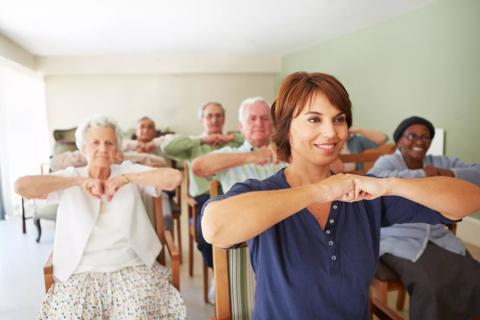
Chair exercises can help people age 65+ retain independence

Both are needed for a healthy body
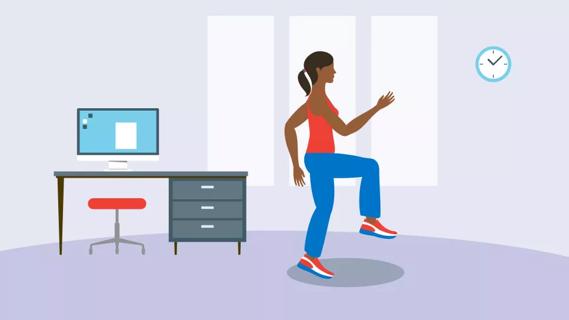
Counteract psoas muscle stiffness and soreness with stretches that lengthen and strengthen
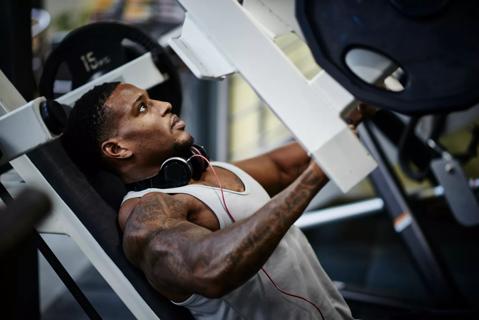
It may be OK, depending on your health, fitness level and type of exercise
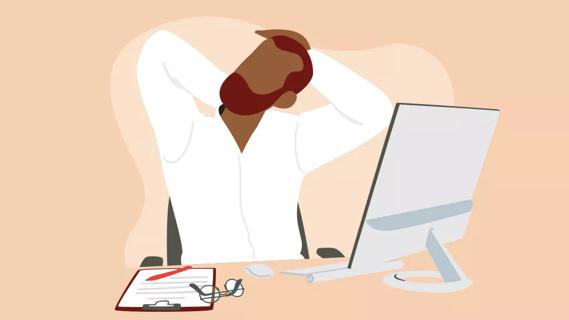
Simple exercises like wall angels and pelvic tilts can help keep your body in an optimal position — and help undo years of improper posture habits
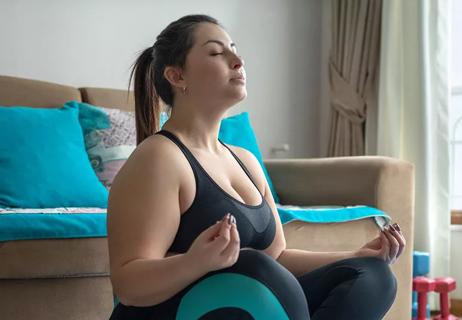
Losing belly fat can reduce your risk for chronic health conditions — try focusing on a diet high in lean protein, exercising regularly, reducing stress and getting quality ZZZs
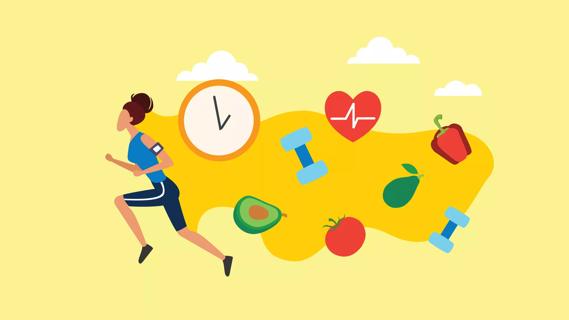
It’s best to exercise before or after your fast, instead of during it
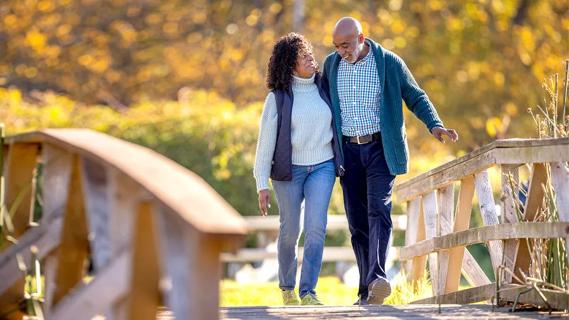
Absolutely! In fact, in many ways, exercise is key to recovery

Your metabolism may torch 1,300 to 2,000 calories daily with no activity

A gentle touch in all the right places may help drain your sinuses